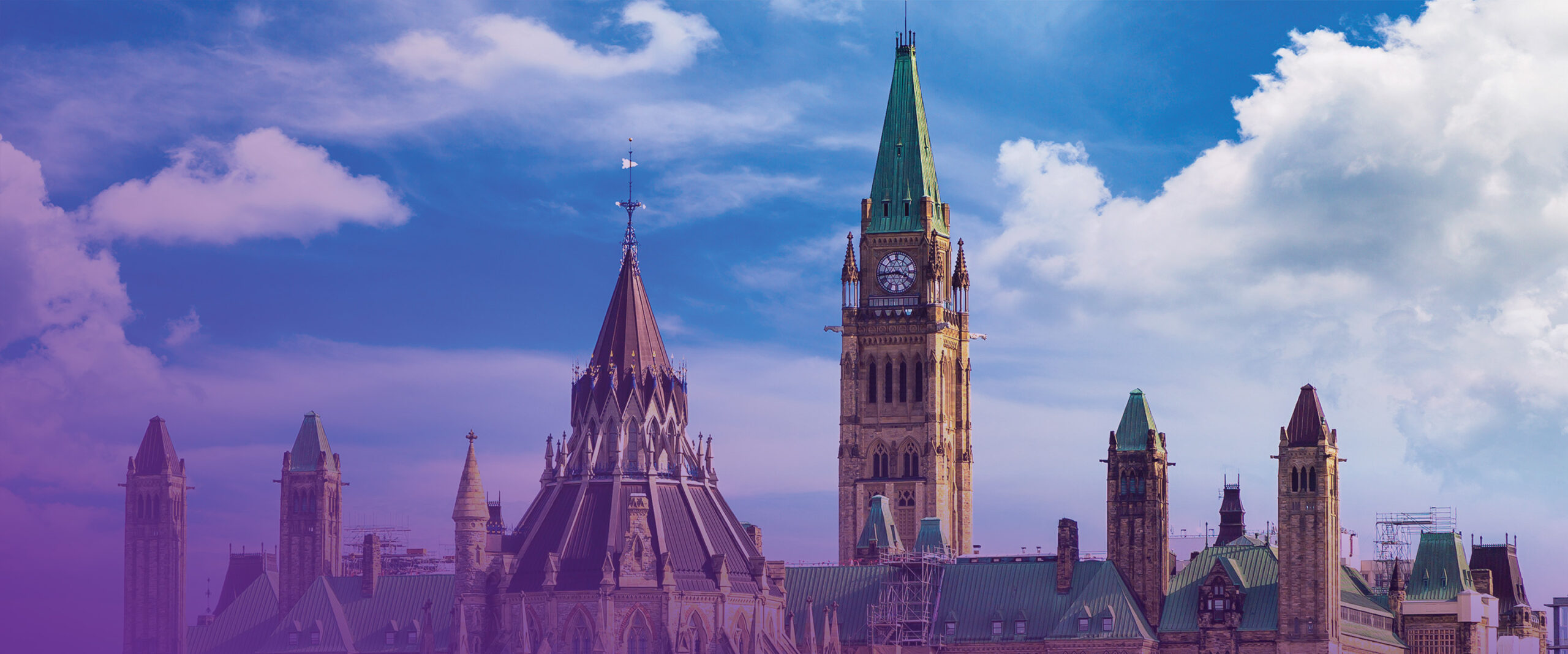Overview
Compared to last year’s ‘one-off’ revenue-raising, this is a highly political budget. Through a classic Labour tax-and-spend approach, the Chancellor is simultaneously playing to the markets as much as she is for her own backbenchers.
Headline measures to raise the minimum wage and welfare spending, fund public services, and address cost of living concerns are red meat to Labour MPs as the government seeks to rally support around its choices.
But the protracted lead-up to this Budget has focused squarely on the tax increases required to pay for these changes, and the impact on middle class voters, businesses and growth.
With backbenchers likely to emerge placated by these changes, it is the business reaction which will directly influence the markets’ reaction this afternoon, and in turn almost certainly Reeves’ future as Chancellor.
Income tax freeze
The Chancellor has walked back from a heavily implied 2p rise to income tax in the long build-up to this Budget. Instead, she has leant on continued freezes to income tax thresholds into the 2030s and changes to the tax-free allowance on pension contributions as a counter balance to ensure promises not to raise tax on working people are kept.
The political implication is that this ‘stealth tax’ has not been particularly stealthy. By repeatedly showing she was willing to countenance an income tax rise and break a manifesto commitment, Reeves has burned through political capital but gained none of the resulting revenue.
Minimum wage rise and inflation
Increases to the National Living Wage and National Minimum Wage are steeped in Labour values, and backbenchers will be pleased to be able to show that the government is supporting the lowest paid. This comes alongside the change to remove the two-child limit on child benefit and universal credit. Both changes are part of a strategy to make serious inroads to reduce child poverty.
Yet there are potential economic threats for the Chancellor from this decision.
With inflation showing signs of slowing again, could this change create new inflationary pressures? The OBR is already predicting in response that inflation will stay higher for longer than it predicted in March.
Businesses will also feel pressure of further increases, following last year’s National Insurance contributions increase. Business profits are also expected to fall before picking up again later in the Parliament.
Timing and implications
OBR projections have shown that much of this revenue is set to come in later in the forecast period ahead of the next general election. Yet the increases in spending through the abolition of the two-child cap on child benefits and universal credit, and other benefits changes are set to come in almost immediately. How will the markets react to this imbalance?
Has the Chancellor created a problem for herself to solve prior to the next election? Or has she created a problem for someone else?
With the Timms Review of personal independence payments and Child Poverty Strategy due to be published imminently, has this been designed to soften up backbenchers on renewed welfare reforms to target spending? We may know the answer before Christmas if rumoured publication timelines are right.



